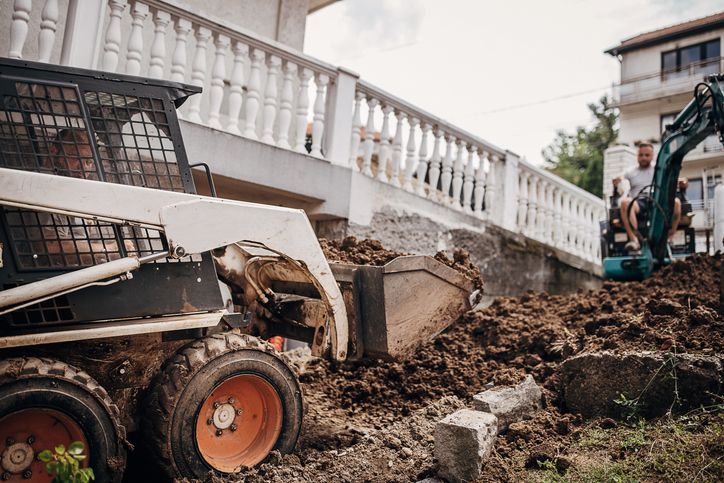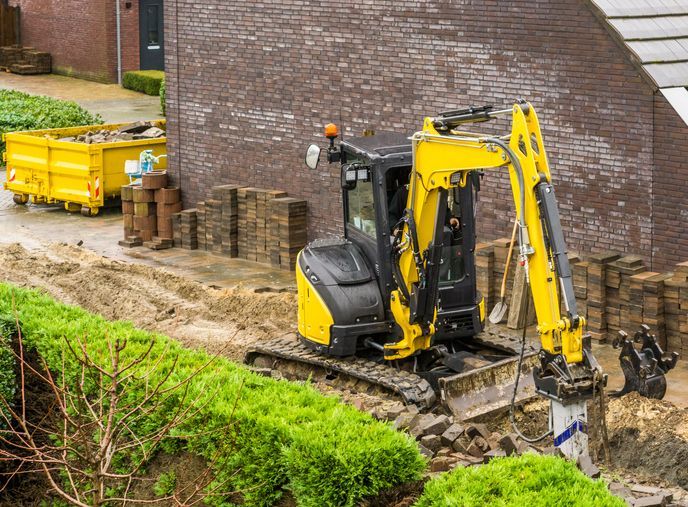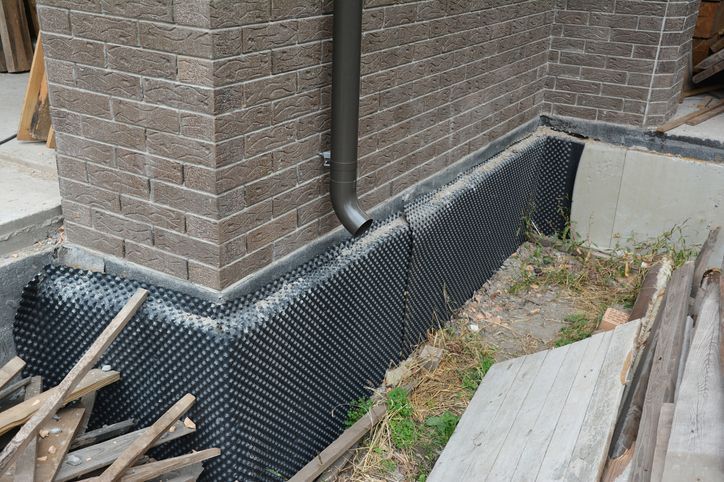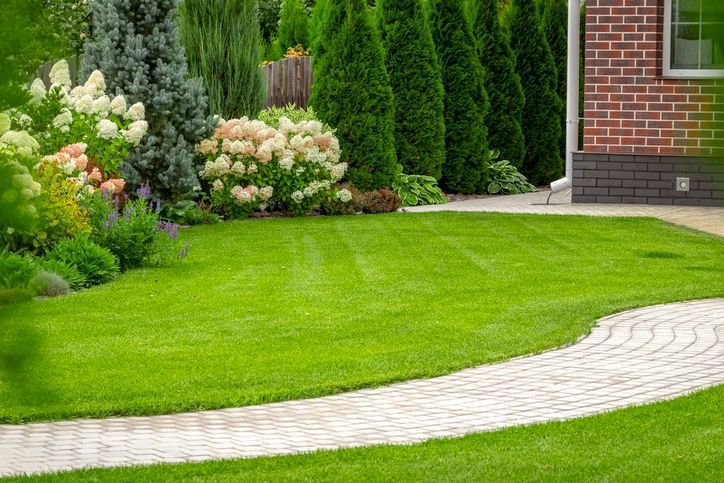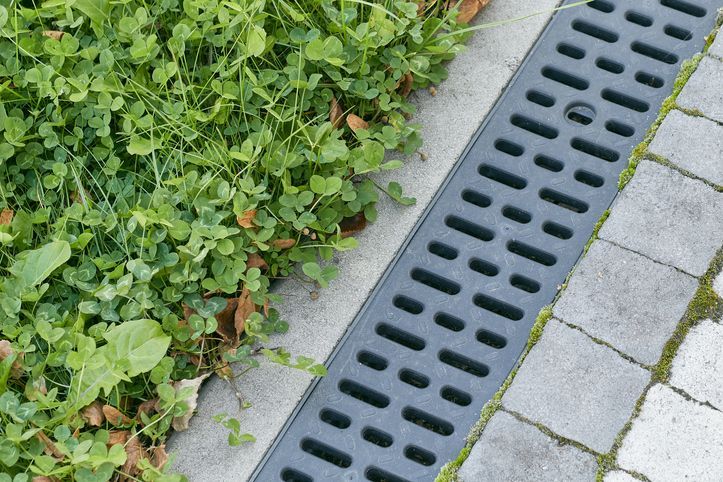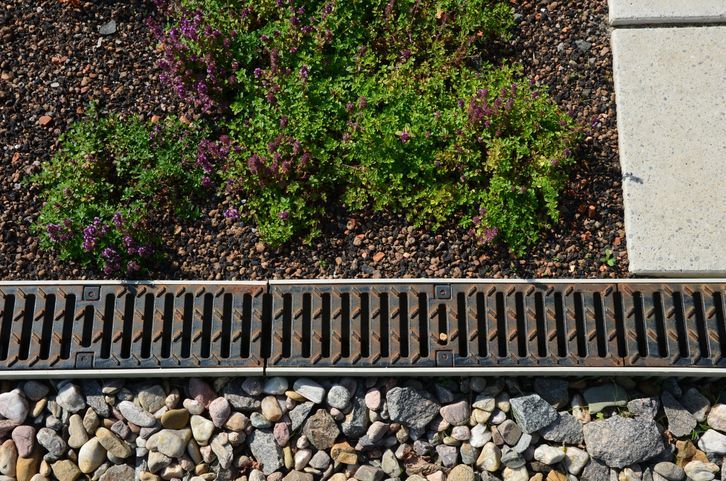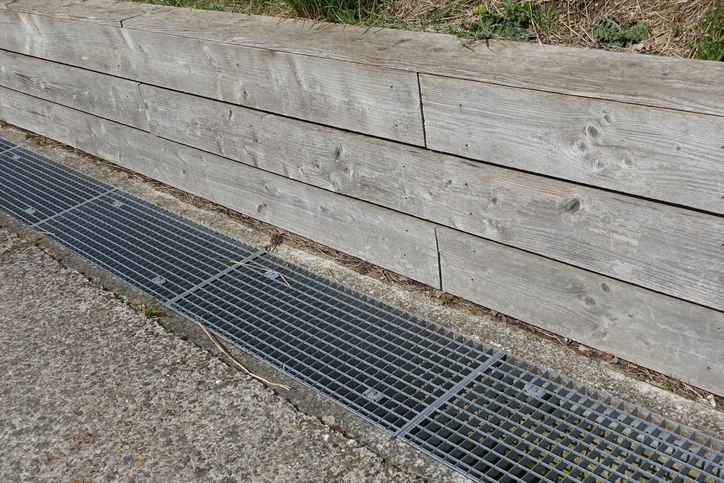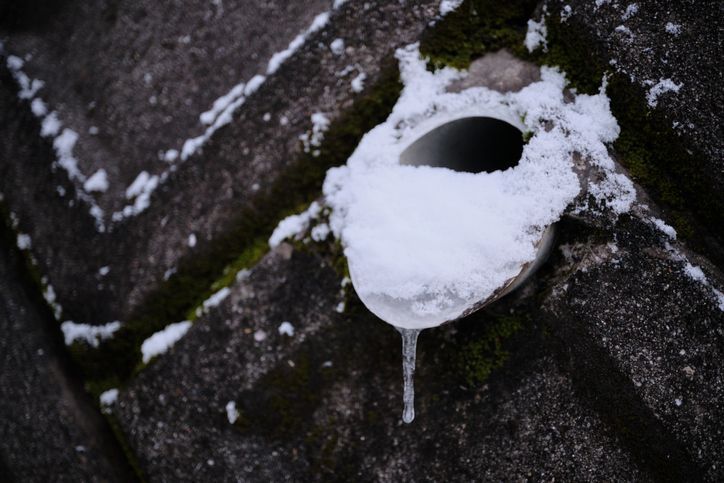How to Identify and Fix Common Basement Leaks
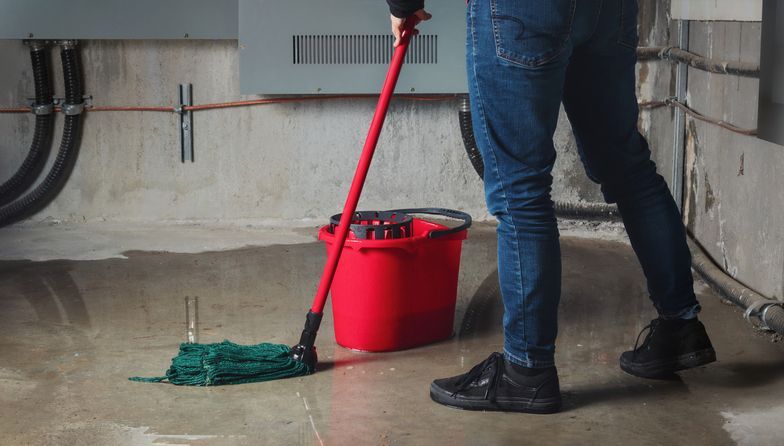
Basement waterproofing is a critical concern for homeowners, especially in areas that experience frequent rainfall. Water leaks in basements can lead to extensive damage, mold growth, and structural issues if not addressed promptly. In this guide, we'll explore the common causes of basement leaks, how to identify them, and the steps you can take to fix these problems.
Why Do Basements Leak?
Before you can effectively fix basement leaks, it's essential to understand why they occur. There are several factors that contribute to water entering your basement, from poor drainage to foundation issues. Basement waterproofing starts with identifying these causes so you can implement the right solutions.
The "Clay Bowl" Effect
One of the primary reasons basements leak is the clay bowl effect. When your home's foundation was built, the soil surrounding the foundation was disturbed. This excavated soil, also known as backfill, is looser and more absorbent than the undisturbed soil around it. When it rains, this backfill absorbs water more readily, creating pressure around your foundation. The water then pushes through cracks in the walls and floors, leading to leaks.
To minimize the impact of the clay bowl effect, basement waterproofing techniques such as sealing cracks and ensuring proper drainage are crucial.
Hydrostatic Pressure
Another common cause of basement leaks is hydrostatic pressure. This occurs when the water in the ground around your foundation builds up and exerts pressure on the walls and floor of your basement. Over time, this pressure can force water through cracks or even through the porous concrete itself.
Effective basement waterproofing solutions like installing interior drainage systems and sump pumps can help alleviate the impact of hydrostatic pressure and keep your basement dry.
Poor Drainage
Poor drainage around your home is a significant contributor to basement leaks. If water from your gutters and downspouts is not directed away from your foundation, it will accumulate around the base of your home. This standing water can seep into the basement through cracks and other weak points in the foundation.
To prevent drainage issues, basement waterproofing solutions should include extending downspouts and fixing gutter clogs to ensure water is directed away from the house.
Common Signs of Basement Leaks
Recognizing the signs of basement leaks early can save you from costly repairs down the line. Here are some of the most common indicators that your basement may be experiencing water issues.
Cracks in Walls and Floors
Cracks in the walls or floors of your basement are one of the clearest signs of water infiltration. These cracks can appear due to natural settling of the foundation or as a result of the pressure exerted by surrounding soil. If you notice cracks, it's essential to address them promptly with basement waterproofing methods such as sealing or patching.
Efflorescence
Efflorescence is the white, powdery substance that often appears on basement walls. It is caused by water seeping through the concrete and leaving behind salt deposits as it evaporates. Efflorescence is not harmful in itself, but it is a sign that water is making its way into your basement. If you notice this, it's time to consider basement waterproofing to prevent further water damage.
Musty Odors and Mold
A damp, musty odor in your basement is a clear sign of moisture, which can lead to mold growth. Mold thrives in dark, moist environments and can pose health risks to you and your family. If you detect a musty smell or notice mold growing on walls or stored items, it's critical to implement basement waterproofing strategies to eliminate moisture.
Fixing Gutters and Downspouts
One of the simplest ways to prevent water from entering your basement is by ensuring your gutters and downspouts are functioning properly. Clean out any debris from the gutters, and make sure downspouts are extended far enough to direct water away from your foundation. A downspout extension of at least 5-6 feet is recommended for effective basement waterproofing.
Sealing Cracks
For small cracks in your basement walls or floor, you can use a masonry crack sealant to stop water from entering. These sealants are available at most hardware stores and are relatively easy to apply. However, sealing cracks is only a temporary solution, and larger or recurring cracks may require professional basement waterproofing services.
Improving Yard Grading
Another solution is to improve the grading of the land around your home. The soil should slope away from the foundation to prevent water from pooling near your house. By adding soil and reshaping the landscape, you can enhance drainage and reduce the need for extensive basement waterproofing.
When to Call a Professional for Basement Waterproofing
While DIY solutions can help with minor leaks, there are situations where professional basement waterproofing is necessary to prevent long-term damage. If your basement is prone to frequent flooding or if you've noticed significant foundation issues, it's time to consult with an expert.
Installing an Interior Drainage System
One of the most effective long-term solutions for basement leaks is installing an interior drainage system. This involves placing a perforated pipe along the perimeter of the basement, which collects water and directs it to a sump pump. The sump pump then removes the water from your basement and directs it outside. This is a key
basement waterproofing technique for homes with persistent water problems.
Exterior Waterproofing Solutions
In some cases, it may be necessary to waterproof your foundation from the outside. Exterior waterproofing involves excavating around your foundation and applying a waterproof membrane or sealant to the exterior walls. While this is a more invasive and costly solution, it is often the most effective form of basement waterproofing for homes with severe water issues.
Preventing Future Basement Leaks
Once you've addressed the immediate issue of basement leaks, it's essential to take steps to prevent future problems. Regular maintenance and inspections can go a long way in keeping your basement dry.
Regular Gutter Maintenance
Ensure that your gutters and downspouts are clear of debris and functioning properly throughout the year. Schedule regular cleanings, especially in the fall when leaves can clog gutters and cause water to overflow near your foundation.
Monitor Foundation Cracks
Inspect your basement walls and floors for new or expanding cracks. Even if you've sealed cracks in the past, keep an eye on them to ensure they aren't worsening over time. If you notice significant changes, consult a basement waterproofing professional for further advice.
Install a Dehumidifier
Keeping the air in your basement dry can help prevent mold growth and reduce the overall humidity in the space. A dehumidifier is a simple and effective way to control moisture levels, especially during humid summer months.
Basement leaks are a common issue that many homeowners face, but with the right basement waterproofing strategies, you can protect your home from water damage. Whether it's sealing cracks, fixing drainage issues, or installing a sump pump, addressing the problem early will save you time and money in the long run. If you're unsure of the best solution for your home, consult with the experts from Pittsburgh Drain Expert who are professional waterproofing contractor to evaluate your basement and recommend the most effective course of action.



